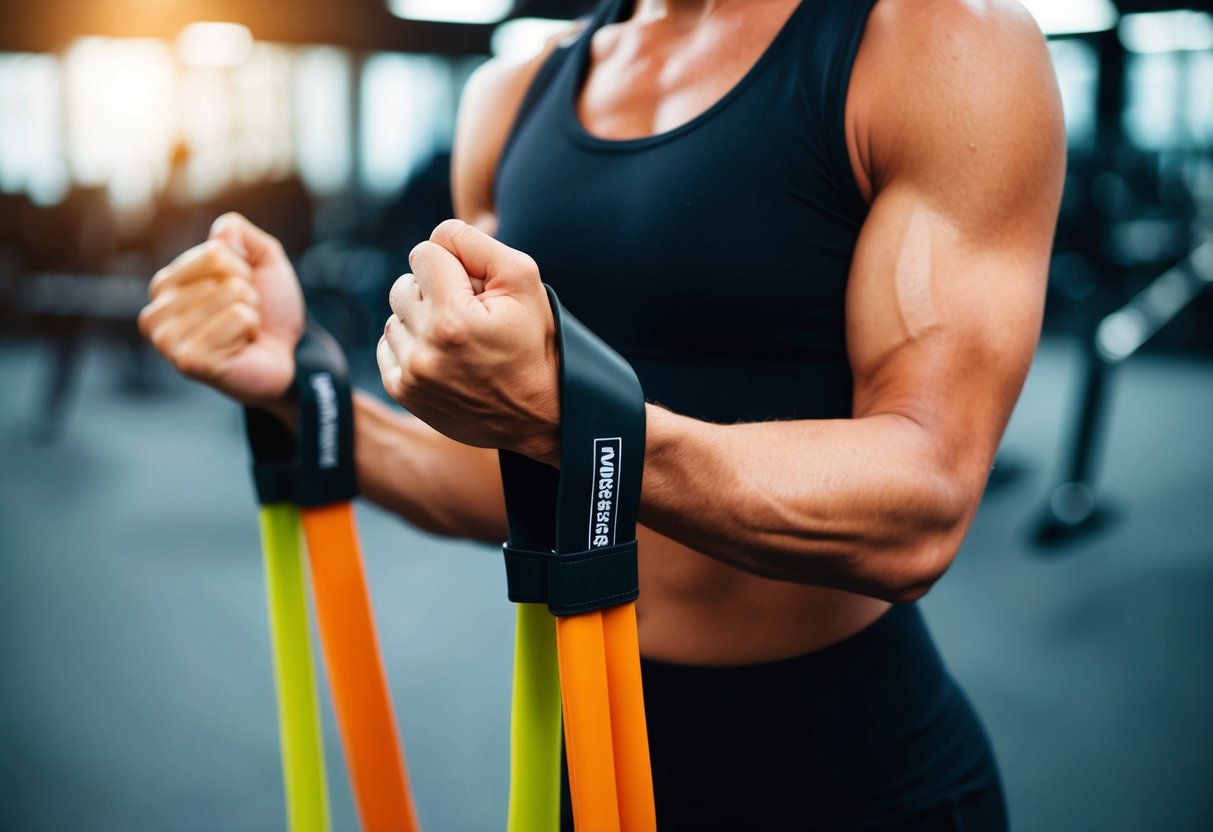Functional Fitness: DIY Workouts to Improve Daily Activities
Incorporating Resistance Training
Resistance training is key to building muscle and enhancing strength for daily tasks. This can involve using free weights, resistance bands, or bodyweight exercises. Activities like deadlifts, rows, and chest presses help develop core stability and overall body strength.
Adjust the intensity of resistance exercises based on individual fitness levels and progression. Gradual increases in resistance help build muscle efficiently and safely. Ensuring proper technique and form is essential to prevent injuries and achieve desired outcomes in a fitness program. Structured resistance training contributes to improved functional performance in day-to-day activities.
Variations for All Fitness Levels
Functional fitness workouts should cater to all fitness levels, from beginners to advanced athletes. For beginners, a focus on foundational movements with lighter resistance and basic form ensures accurate technique. As confidence and strength increase, resistance levels can be progressively adjusted.
Intermediate and advanced participants may incorporate more complex movement patterns, such as plyometric exercises or high-intensity interval training. Customizing workouts to fit personal goals and abilities promotes consistent progress and motivation. By offering flexible options, participants remain engaged and dynamic improvements in functional fitness can be experienced across all levels.
Improving Mobility and Flexibility

Enhancing mobility and flexibility is crucial for everyday life, influencing how the body moves and reducing injury risks. Functional fitness approaches target these aspects through focused activities that contribute to better posture, movement efficiency, and joint health.
Dynamic Warm-Up Exercises
Dynamic warm-up exercises are foundational for boosting mobility before engaging in physical activities. These exercises involve movements like leg swings, arm circles, and torso twists, which gradually increase heart rate and loosen muscles. By engaging multiple muscle groups, they prepare the body for more intensive movements while increasing overall flexibility and range of motion. Such exercises help improve joint lubrication and can enhance performance potentials.
Regular incorporation of dynamic warm-ups prevents stiffness and helps improve posture. Movements should be controlled and consistent, ensuring that muscles and joints are well-prepared. Individuals can benefit significantly by allocating 5-10 minutes to these warm-ups, creating a solid base for more dynamic exercises that follow. Consistent practice develops body awareness, which is essential for maintaining healthy movement patterns.
Stretching and Range of Motion
Stretching exercises are vital in increasing flexibility and expanding the range of motion. Static stretches, such as holding positions like the calf stretch or hamstring stretch, focus on lengthening muscles after a workout. This approach aids recovery and reduces muscle tightness, promoting longer-term flexibility improvements.
Engaging in activities that prioritize joint mobility, such as yoga or tai chi, can elevate the body’s ability to move through a full range of motion. These practices integrate controlled breathing and deliberate movements. This helps expand joint capabilities and enhances muscle elasticity. Regular stretching routines, combined with mindful practices, support a balanced approach to functional fitness, addressing physical capacities individually and collectively.
Functional Training Equipment
Functional training equipment can enhance workouts by mimicking everyday movements. Whether opting for dumbbells or using one’s body weight, equipment plays a crucial role in developing overall strength and flexibility.
Utilizing Dumbbells and Resistance Bands
Dumbbells are versatile tools for functional training, allowing for a range of exercises that improve strength and balance. They are effective in exercises like lunges and squats, which engage multiple muscle groups. Adjusting weight helps tailor workouts to individual needs.
Resistance bands are lightweight and portable, making them ideal for home workouts. They provide variable resistance throughout exercises, enhancing muscle activation and improving mobility. Bands are excellent for exercises targeting the arms, shoulders, and legs, offering flexibility in modifying resistance levels.
Bodyweight Exercises for Simplicity
Bodyweight exercises emphasize natural movements, requiring minimal equipment while still delivering effective results. They include push-ups, squats, and planks, focusing on core strength and muscular endurance. These exercises are adaptable and can be performed anywhere, making them an accessible option.
The simplicity of bodyweight training reduces reliance on equipment, offering flexibility and a cost-effective solution for home workouts. This approach not only suits beginners but also provides a comprehensive workout for seasoned athletes.
Navigating Equipment Options
Selecting the right equipment involves considering personal goals and space availability. Compact and multifunctional items like kettlebells can add variety to a workout routine. Kettlebells are useful for swing movements and deadlifts, enhancing grip strength and coordination.
For those with limited space, foldable benches and adjustable dumbbells provide convenient storage. Investing in quality equipment ensures durability, contributing to long-term training progression. Assessing individual needs and preferences helps in making informed decisions when purchasing functional training equipment.
